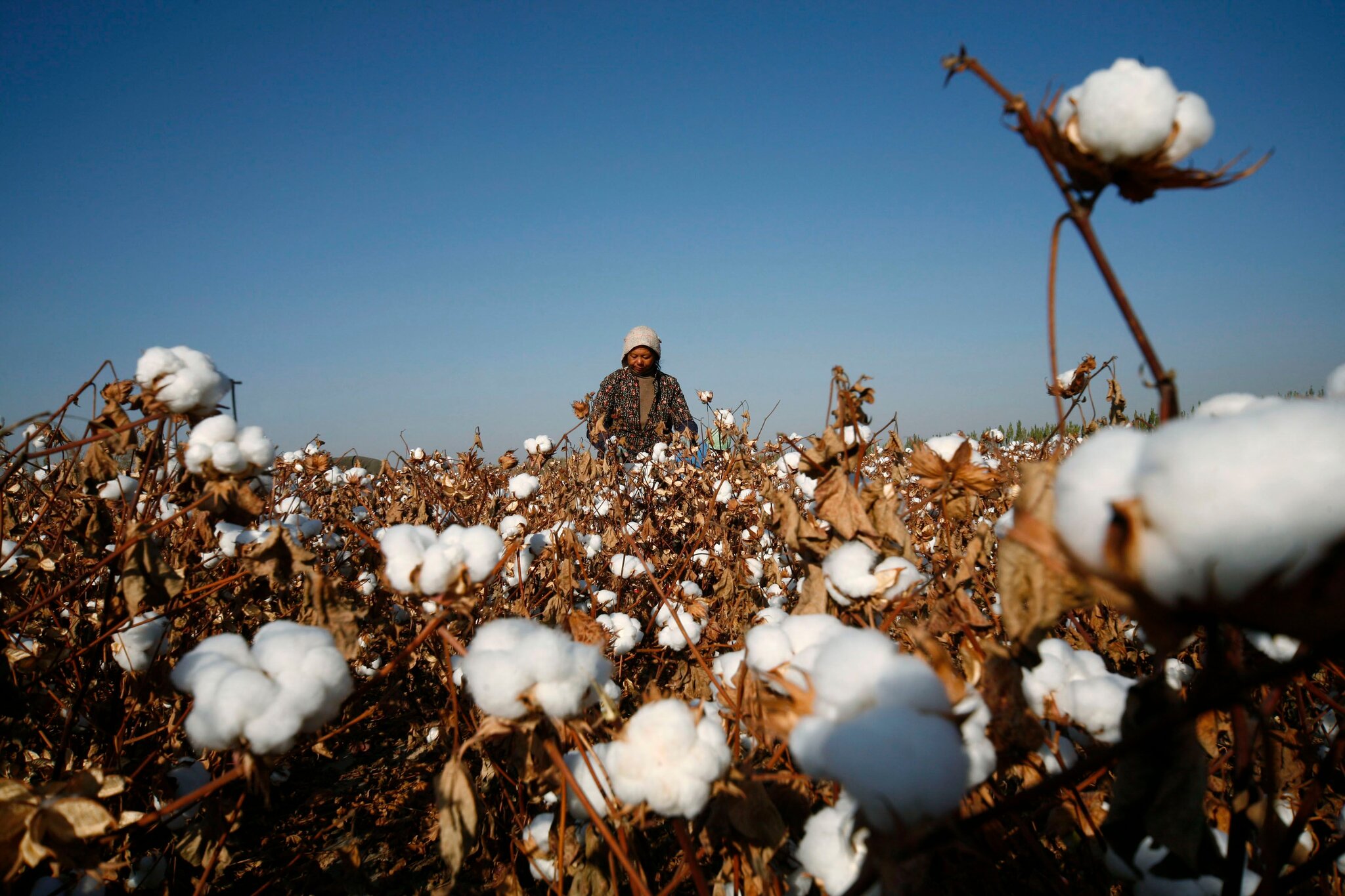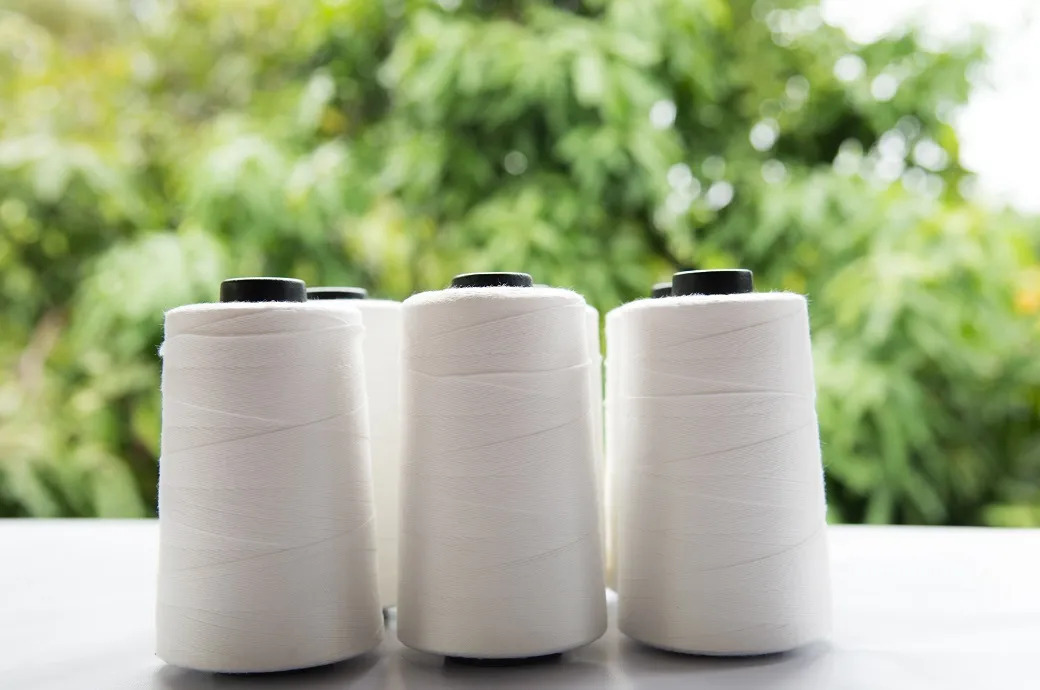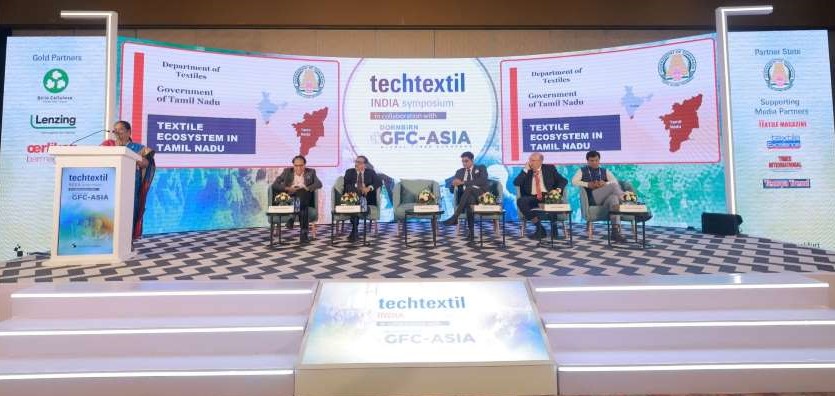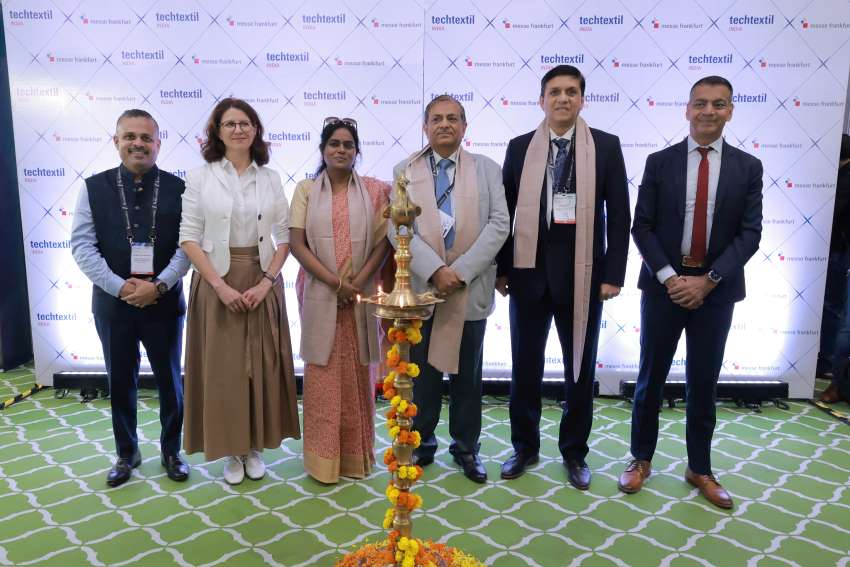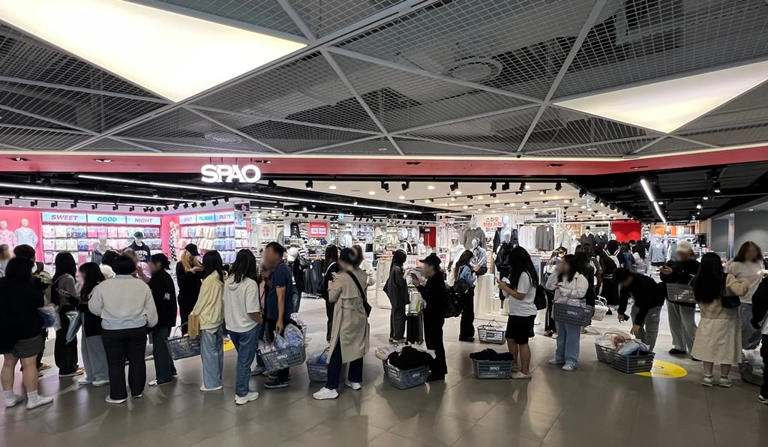
South Korea's fashion market is seeing growing demand for affordable and functional apparels. This shift is challenging the dominance of traditional premium brands and reshaping market dynamics across various segments.
The rise of value fashion
A growing segment of value-conscious consumers is boosting the growth of budget-friendly fashion. Retailers across the country are responding by introducing and increasing their low-cost apparel lines, signalling a clear shift in consumer preferences. This trend is evident in the good performance of companies prioritizing affordability and functionality.
The traditional hierarchy of South Korea's fashion industry is being disrupted. Companies focusing on accessible price points are achieving significant growth and profits, surpassing established players in terms of operating profit.
For example, E-Land World Co, a prominent player specializing in value brands has emerged as a leading force, reporting an operating profit of 173.7 billion won ($122 million) in 2024. This figure outpaces the operating profits of major players, indicating a substantial shift in the market. Meanwhile, traditional ‘Big Five’ players are seeing their dominance challenged.
The value-driven company has achieved consistent sales growth over the past five years, with domestic fashion revenue reaching 1.6839 trillion won ($1.1 billion) in 2024. An important brand within this company's portfolio has experienced an average annual sales growth of approximately 20 per cent over the past three years, which is almost 600 billion won ($419 million) in 2024, up from 320 billion won in 2021.
Market segmentation
Budget fashion: This segment is witnessing rapid increase, due to consumers seeking affordable yet functional clothing. Retailers are introducing new low-cost apparel lines, including T-shirts priced as low as 3,000 won and jeans for 19,900 won. Brands offering affordable basics and practical features are gaining popularity among middle-income shoppers, particularly teenagers and young adults.
Premium fashion: While still a significant segment, traditional premium brands are facing increased competition from value-driven alternatives. The trend toward affordability is impacting all sectors, with brands offering budget-friendly options across menswear, womenswear, and kidswear.
Market Growth: Online fashion platforms are creating dedicated categories for fast fashion brands, reflecting the growing consumer demand. Retailers are increasing their product offerings to include a wider range of affordable items, such as activewear, underwear, and accessories.
Factors driving the change
- Value-conscious consumers: Economic pressures and changing consumer preferences are driving demand for affordable apparel.
- Focus on functionality: Brands that emphasize practical features, such as easy care and high performance, are gaining traction.
- Efficient production models: Companies are adopting cost-saving production strategies, including outsourcing manufacturing to countries like Vietnam and Myanmar, to offer competitive prices.
- E-commerce growth: Online platforms are playing a crucial role in expanding the reach of fast fashion brands.
Projected market trends
The South Korean apparel market is expected to continue its shift towards value-driven fashion. The current trend indicates a sustained growth in the budget and mid-range segments. The increasing availability of affordable and functional apparel online and in physical stores is expected to further fuel this growth. Future market growth will depend on how established brands respond to the changing market. The ability to adapt to consumer needs for affordability and functionality will determine the leaders of the Korean apparel market.
Global fashion’s impact
South Korean apparel market is significantly influenced by both the rise of global fast fashion and the explosive growth of online sales.
South Korea, with its trend-conscious population, is a prime market for global fast fashion brands. These brands, known for their rapid production cycles and affordable prices, have reshaped consumer expectations. The ability of fast fashion to quickly replicate catwalk trends and offer them at accessible price points has driven a shift in consumer behavior. Brands like Uniqlo, Zara, and H&M have established a strong presence in South Korea, both online and offline. Additionally, online global fast fashion retailers, have also made a large impact.
South Korea's high internet penetration and tech-savvy population have boosted the rapid growth of online apparel sales. E-commerce platforms like Coupang, Gmarket, and 11Street have become major players, offering consumers convenience and a wide selection of products. Studies say, South Korean online fashion market clocked in around $25 billion revenue in 2024. And Coupang has the highest online fashion net sales. Mobile shopping apps have further pushed this trend, allowing consumers to browse and purchase apparel anytime, anywhere.
Thus the South Korean apparel market is expected to continue its shift towards value-driven fashion. The current trend indicates a sustained growth in the budget and mid-range segments. The increasing availability of affordable and functional apparel online and in physical stores is expected to further boost this growth. Future market growth will depend on how established brands respond to the changing market. The ability to adapt to consumer needs for affordability and functionality will determine the leaders of the Korean apparel market.

